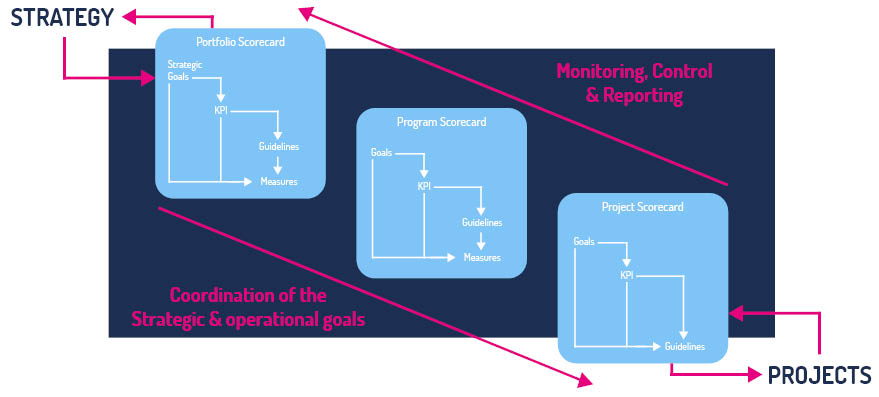Merry Christmas and Happy New Year!
Frohe Weihnachten und ein glückliches Neues Jahr
Kellemes Karácsonyt és boldog új évet!
GO TO CAPTURE.EU










Project Management Offices create organizational added value. To ensure that this is also recognized by all stakeholders, you should ensure the acceptance of your PMO through a high degree of transparency: Project portfolio performance must be quantified and communicated on an ongoing basis.
In this Capture blog post we, therefore, address the following questions:
Do you know this? As the person responsible for the PMO, you are very satisfied with the performance of your team. Within the company, however, you have to justify the work of the project management department. You practice professional project portfolio management. However, your stakeholders tend to perceive the inevitable project difficulties instead of the process-related improvements.
Rest assured: most cross-departmental organizational units naturally face similar challenges. However, the measurability of numerous factors influencing the company's success makes it much easier to establish cross-sectional functions in a sustainable way.

Depending on the organization, project portfolio management can take different forms. However, a project management office will only do justice to the intended activity profile if operational project control is strongly interlinked with strategic goals. To evaluate and successively increase project portfolio performance, it is therefore necessary to define operationally and strategically relevant key figures.
We have summarized 13 central project portfolio performance KPIs for you. These can be adapted and prepared multi-dimensionally - for example, broken down to different projects, departments, or employees.
|
Key financial figures |
|
|
Process key figures |
|
|
Customer / Stakeholder key figures |
|
|
Human resources key figures |
|
For efficient data management in the Project Management Office, you need project portfolio management software. Among other things, it supports you in ensuring that data collection and analysis follow a uniform project management methodology. This way, PMO performance indicators remain comparable across projects.
The analytics functions and integrations of the PPM software with other systems offer sufficient scope for sophisticated data analyses. First, however, simple data reports need to be developed to generate "quick wins". The development and maintenance of a KPI system is not an end in itself, but ideally a management tool that is used on an ongoing basis to optimise and communicate project portfolio performance.
With PPM software you can relatively quickly create a data-based foundation around your PMO activities:
The effort required to quantify PMO work is manageable thanks to PPM software. The benefits of a strong data culture, on the other hand, are enormous and, in sum, can be seen as high project portfolio performance:
It cannot be emphasized often enough: Demonstrably good project portfolio performance has a strong leverage effect on overall business success. When decision-makers recognize this connection, PMOs also get internal support and necessary implementation powers.
In practice, we observe that many CEOs demand better use of resources in their companies above all else. This topic could be a first concrete starting point when introducing KPIs in the Project Management Office.
Deepen your knowledge of resource management now with the Capture Whitepaper!
Whitepaper_20220211_EN_Resource utilization - Pain or Gain.pdf
1.38 MB
To access this document, please enter your email address.
If you want to view this webinar video, please enter your email address in the field below.
We have sent you an email to your email address with a link to the file.
OK